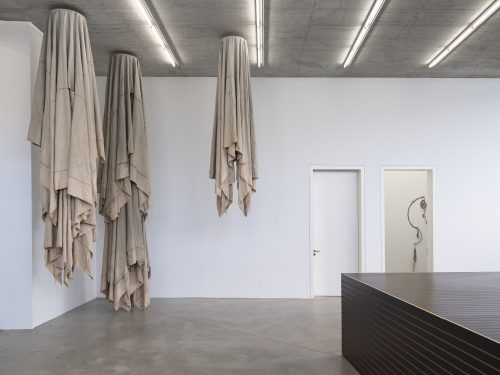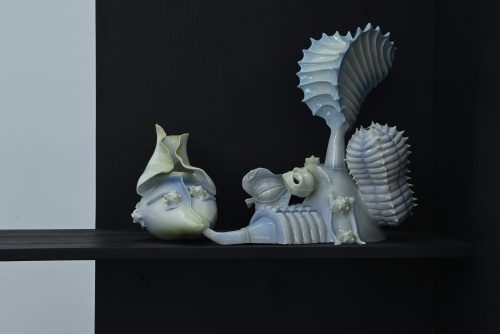
Astrid Kajsa Nylander
Compatibility
Project Info
- 💙 Galleri Apoteket
- 💚 Nils Östberg & Anni Tuomi
- 🖤 Astrid Kajsa Nylander
- 💜 Linda Fagerström
- 💛 Astrid Kajsa Nylander
Share on
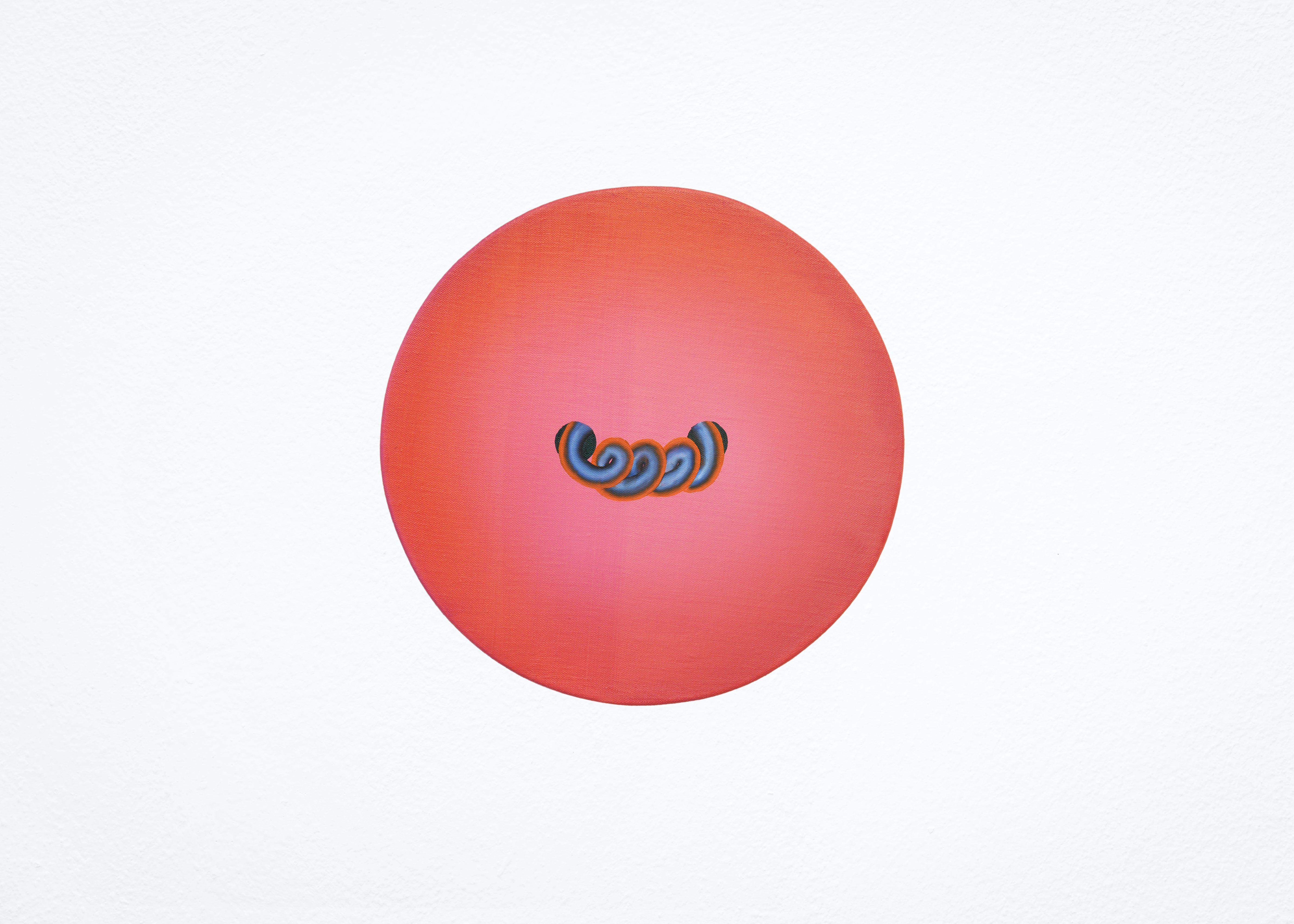
hot-pink minijob #1, 2023 Oil on linen 29 x 29 cm
Advertisement
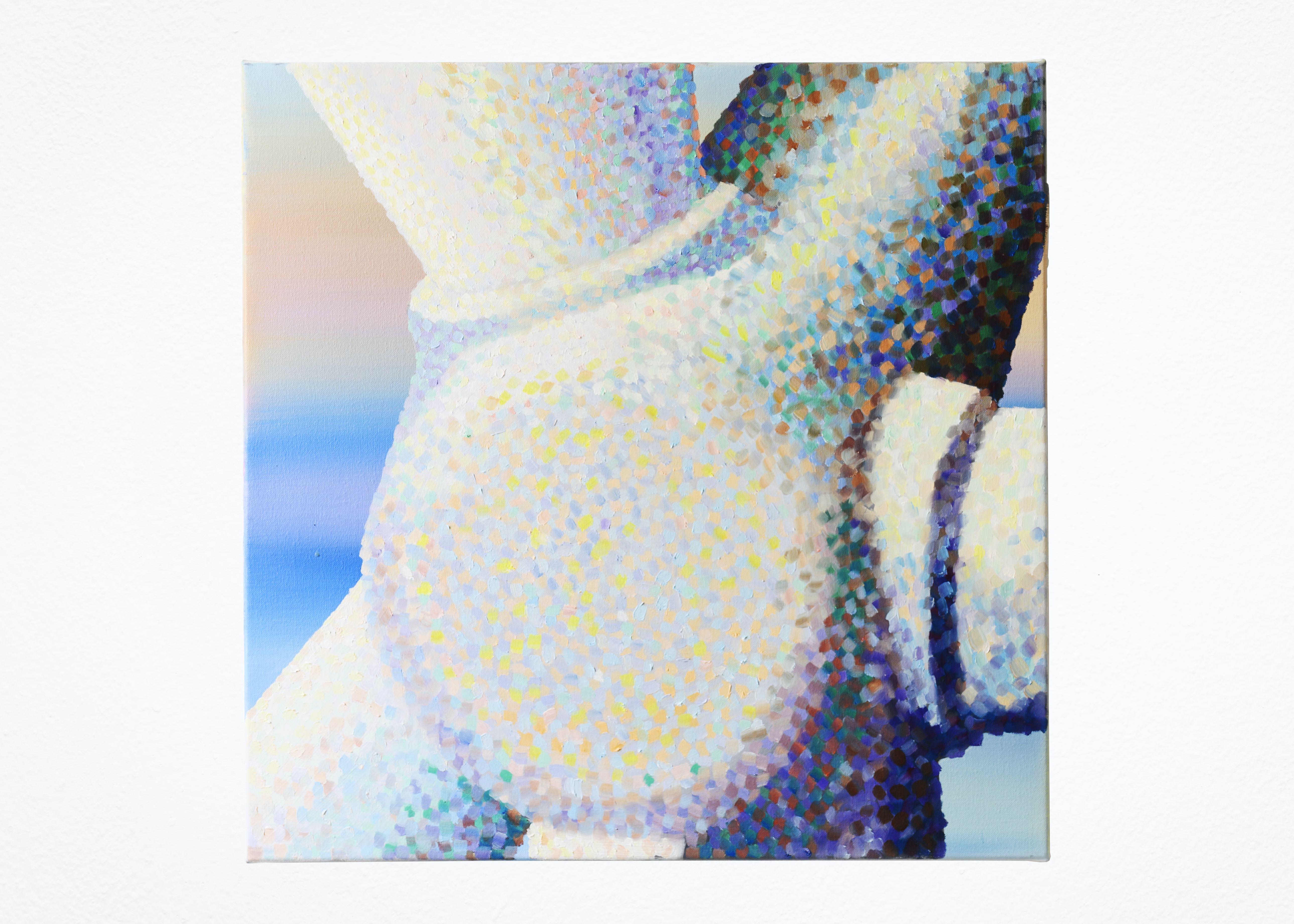
Crop #1, 2023 Oil on linen 50 x 50 cm
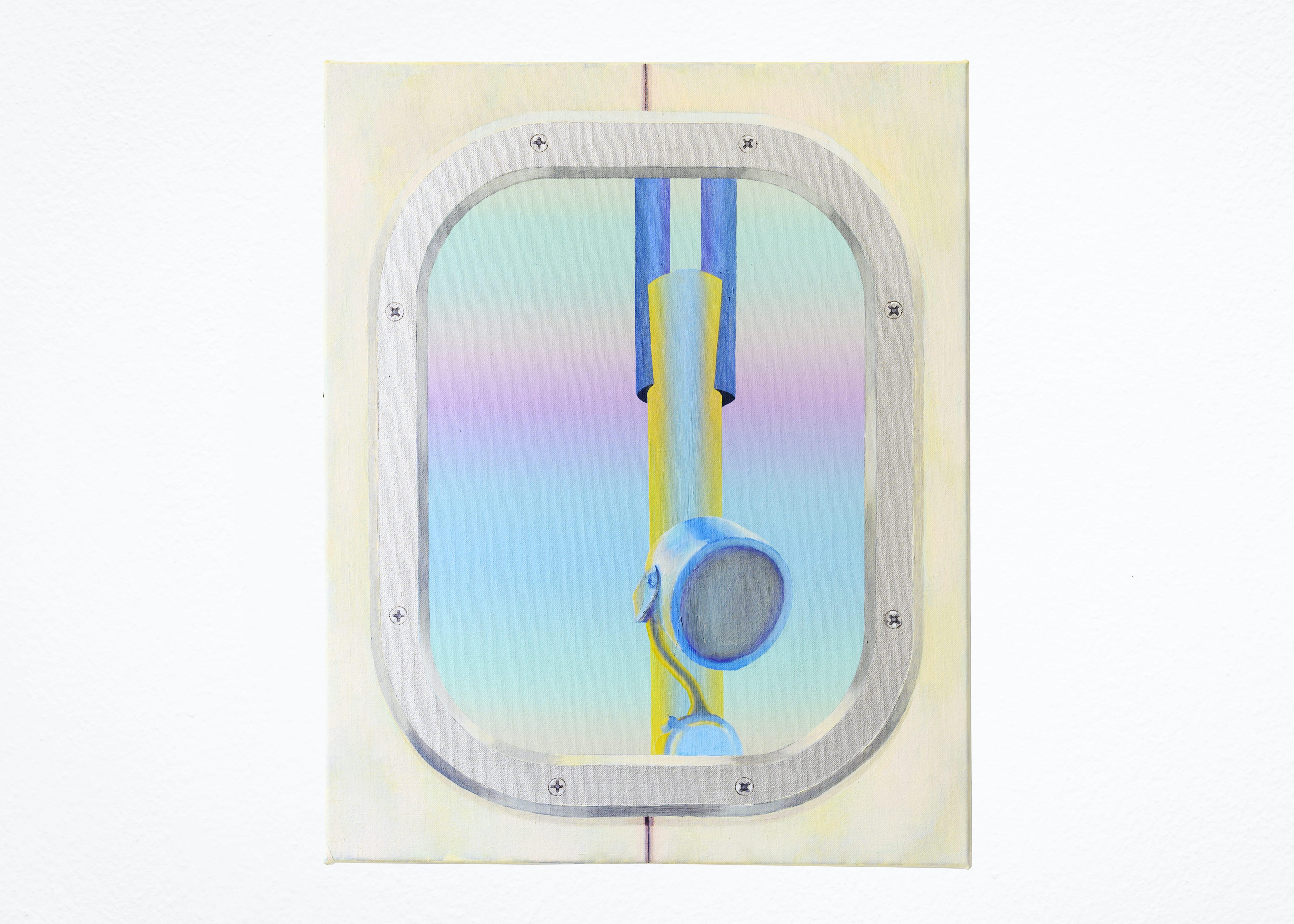
Bounce, 2023 Oil and aluminum on linen 50 x 40 cm
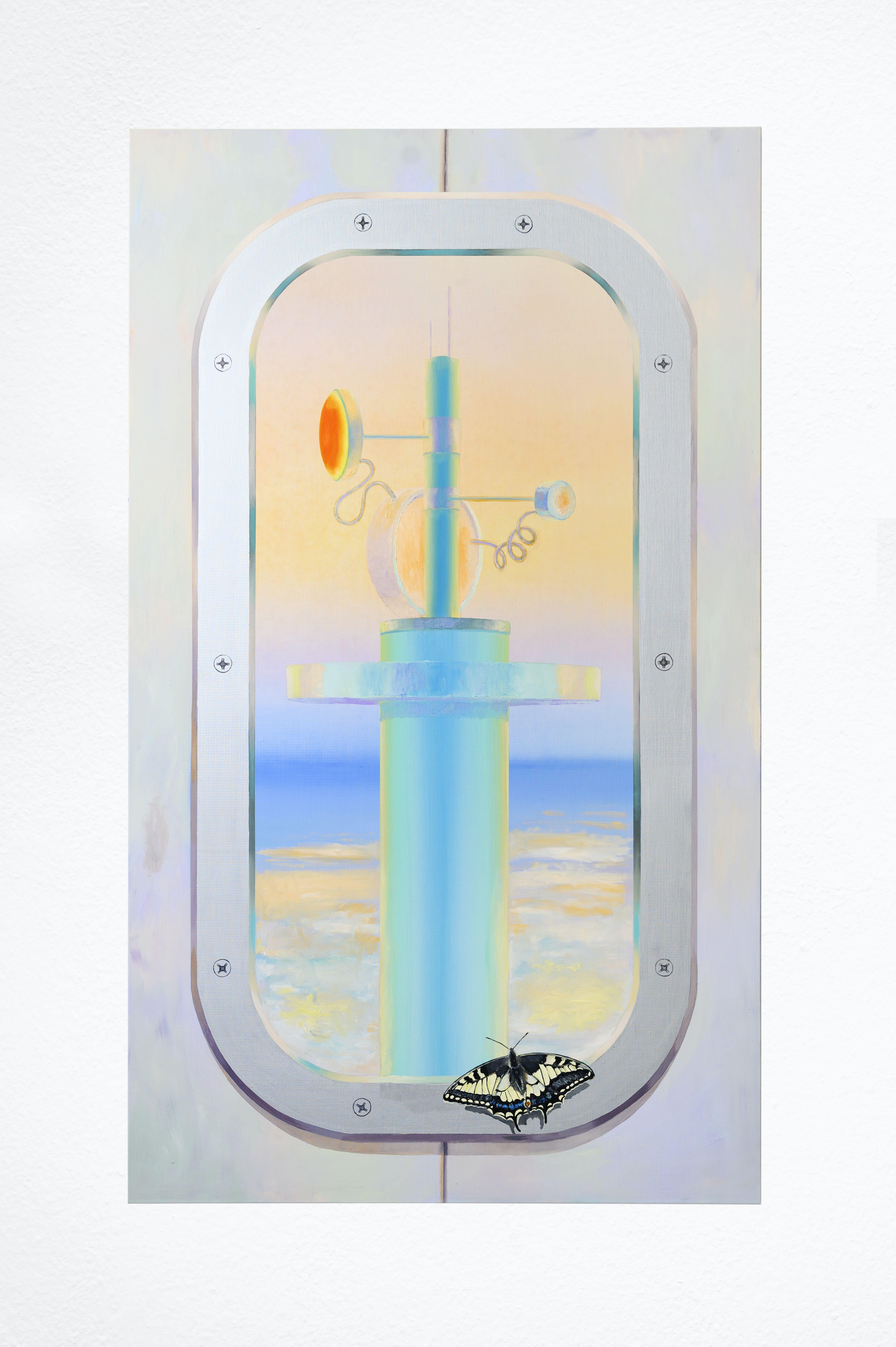
Macaoon, 2023 Oil and aluminum on linen 170 x 100 cm
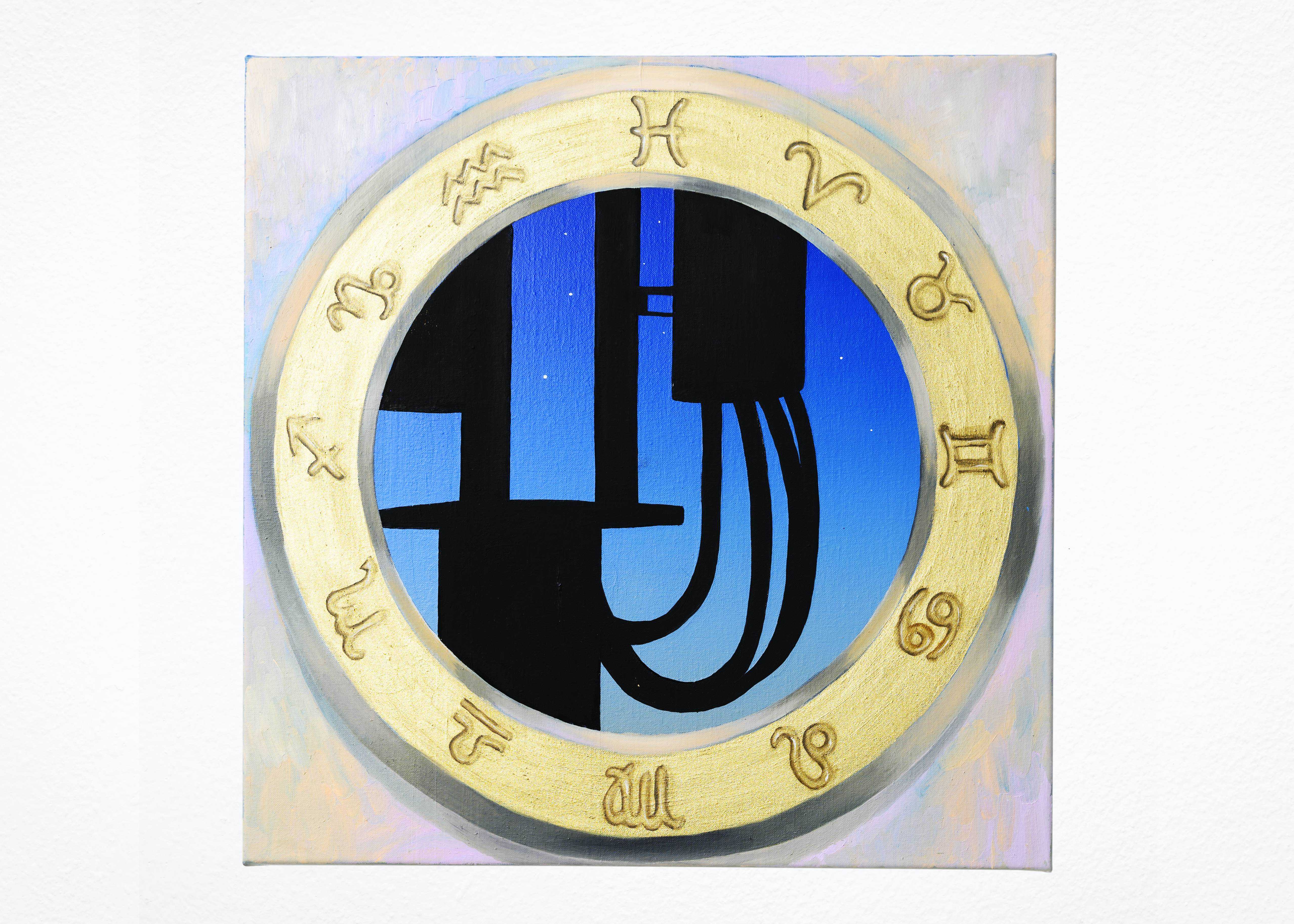
Compatibility, 2023 Oil on linen 50 x 50 cm
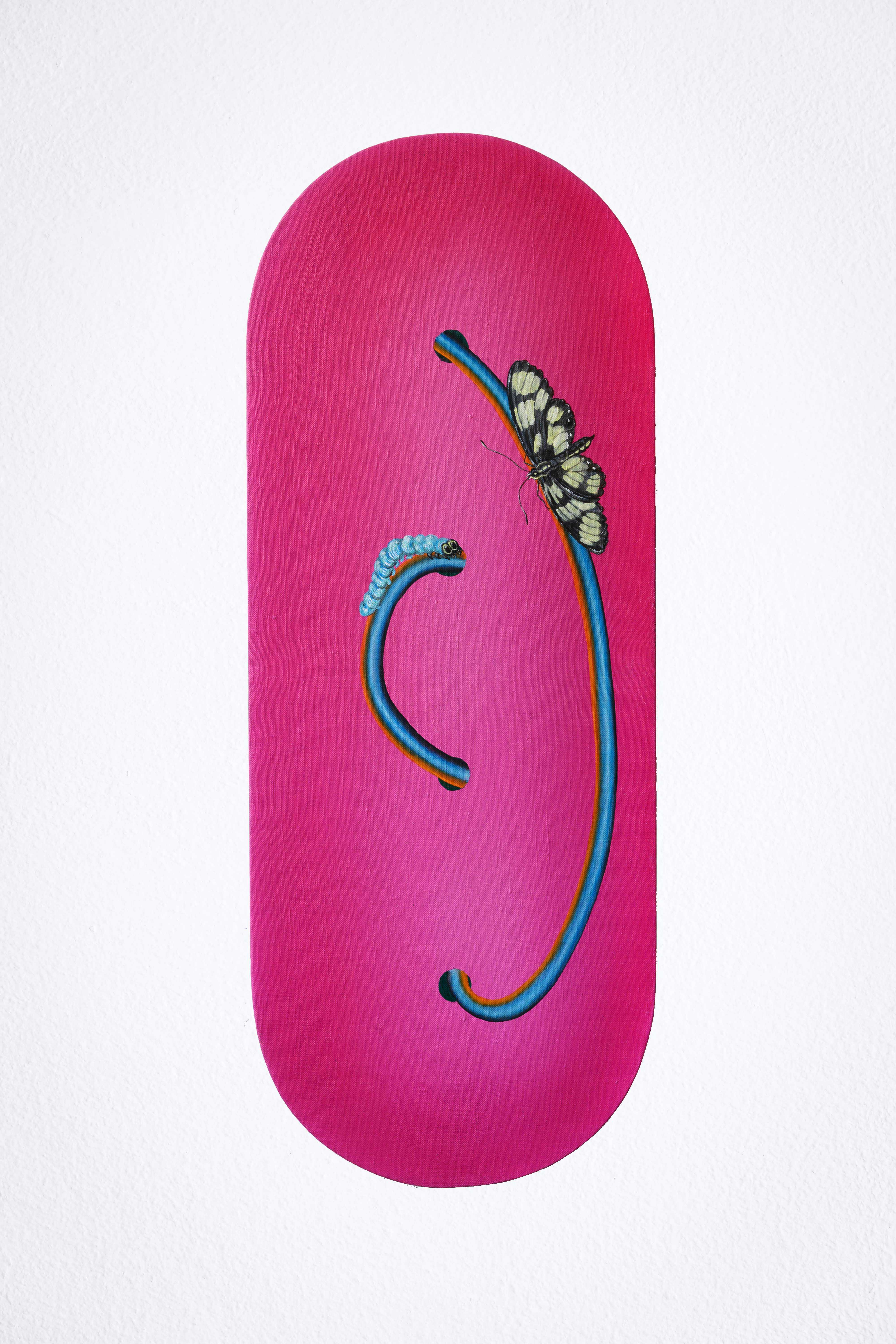
pink minijob #7, 2023 Oil on linen 65 x 25 cm
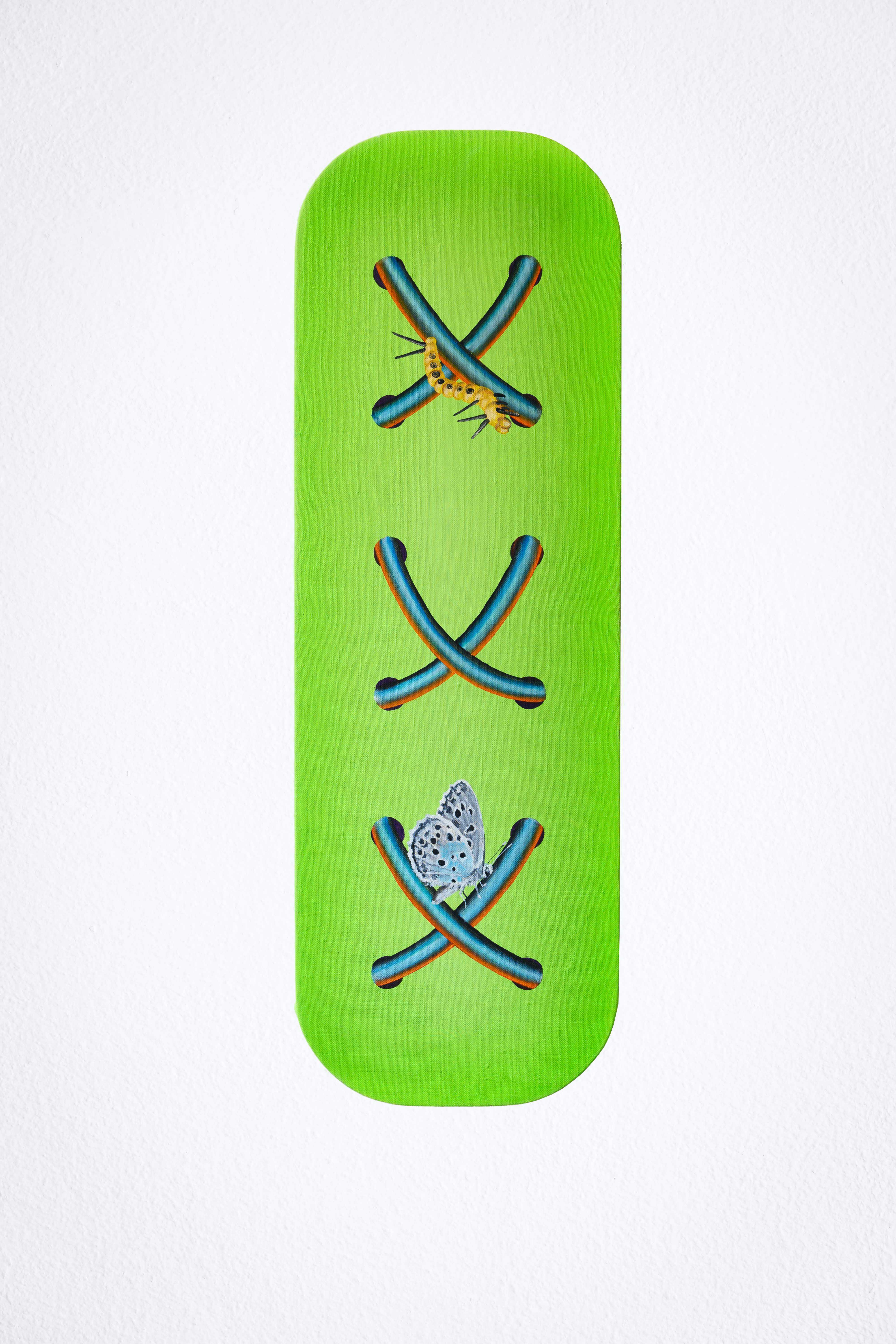
Apple-Green Minijob #4, 2023 Oil on linen 60 x 20 cm
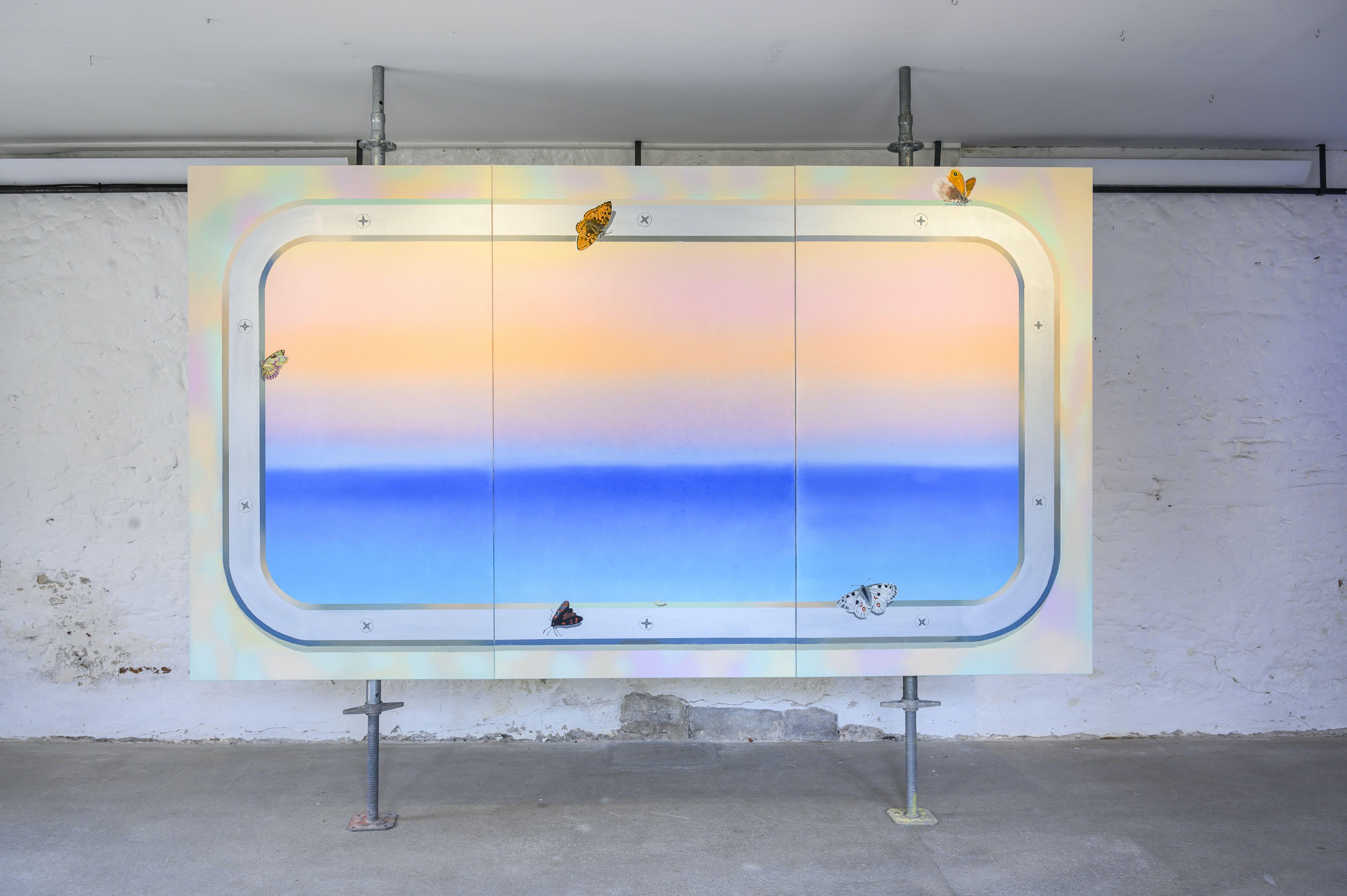
Compatibility, installation view
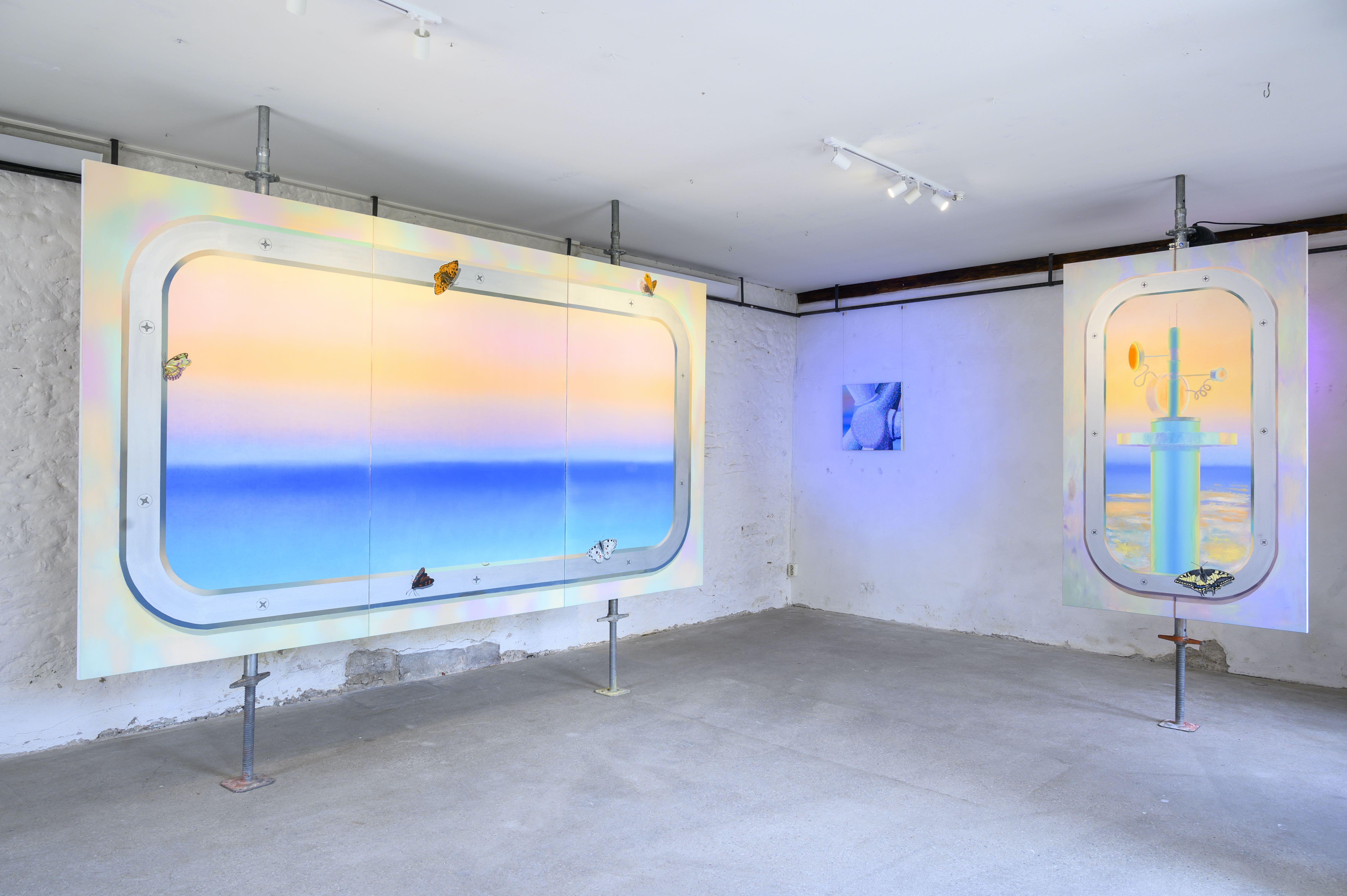
Compatibility, installation view
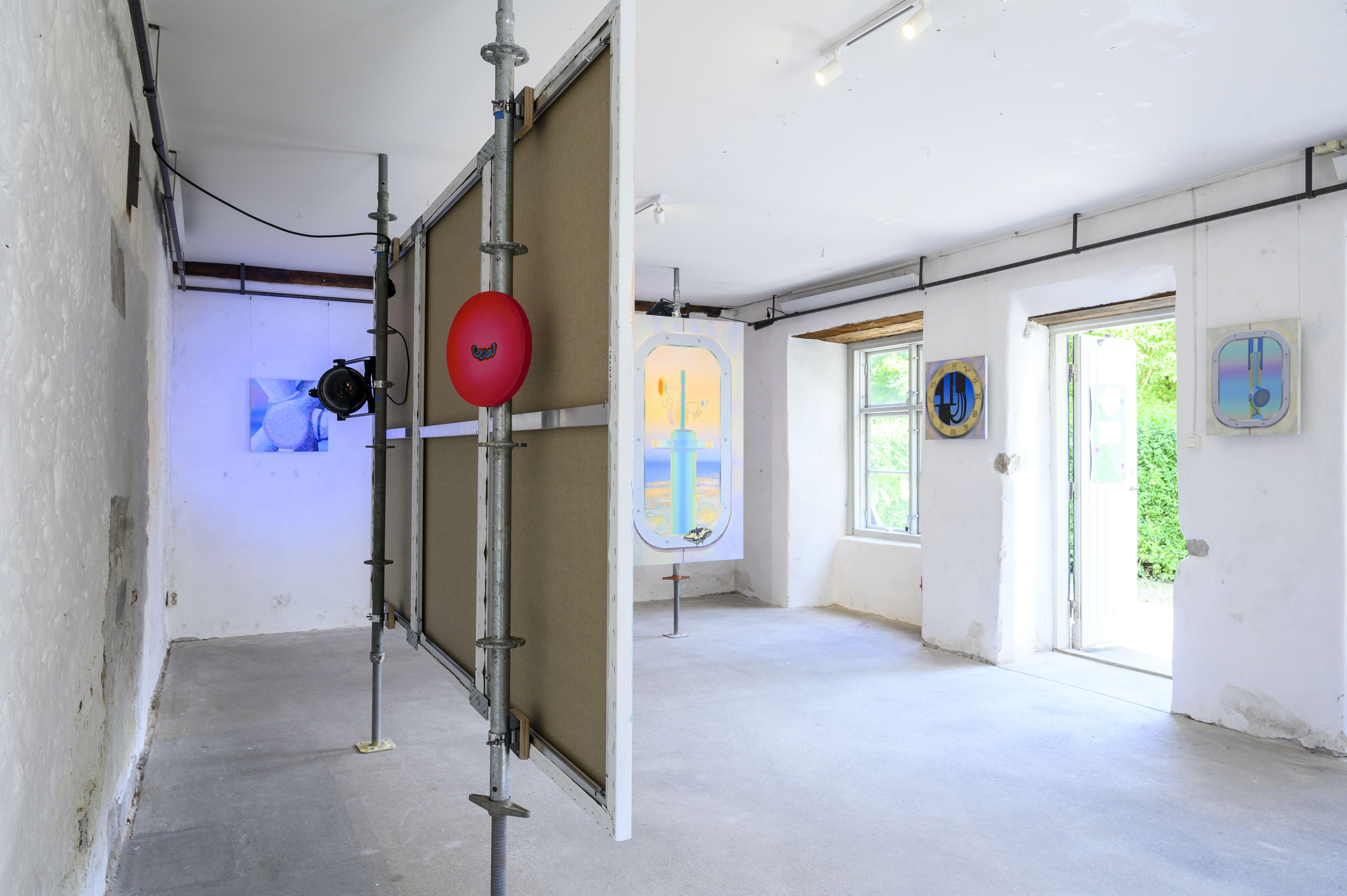
Compatibility, installation view
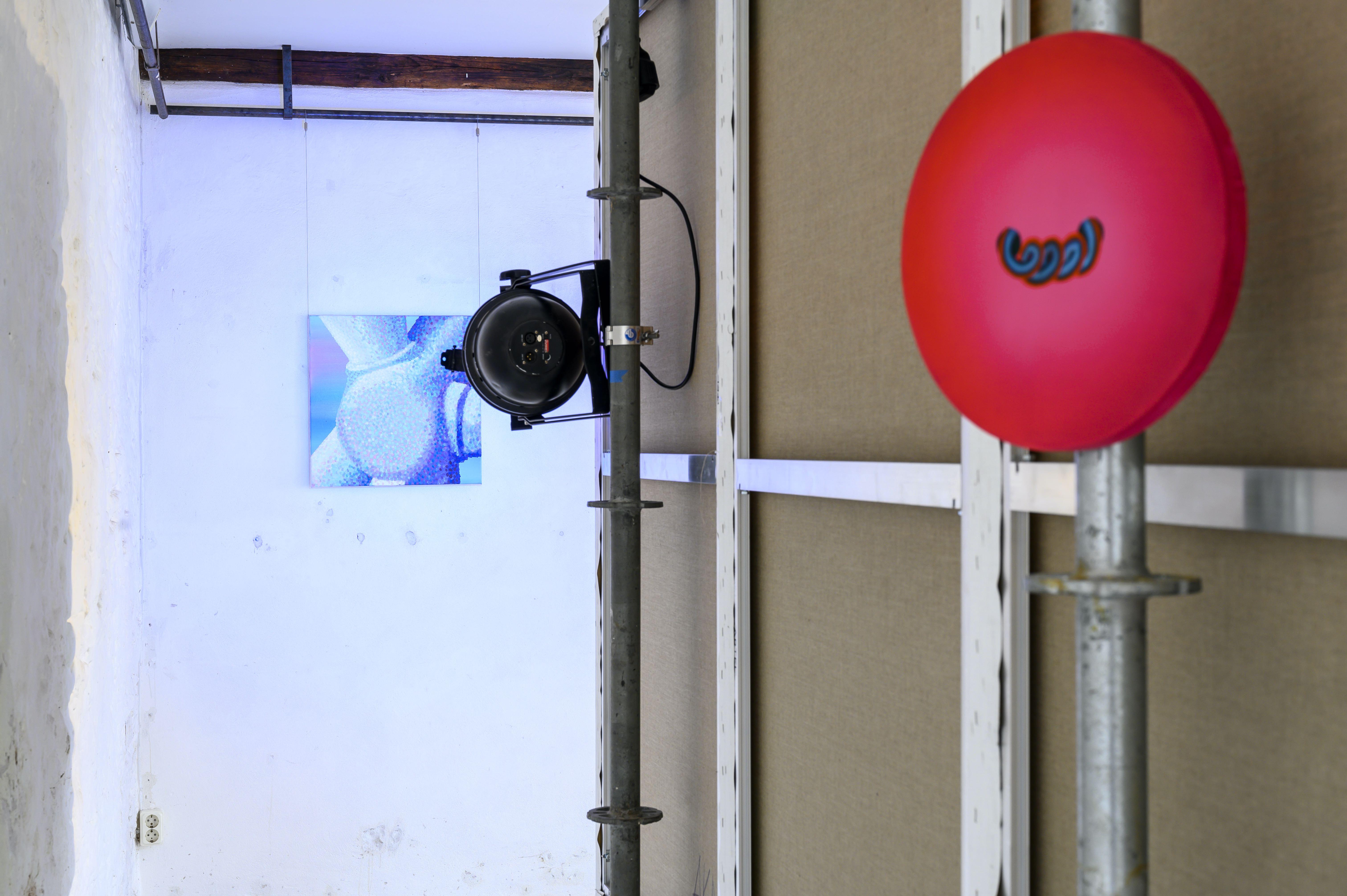
Compatibility, installation view
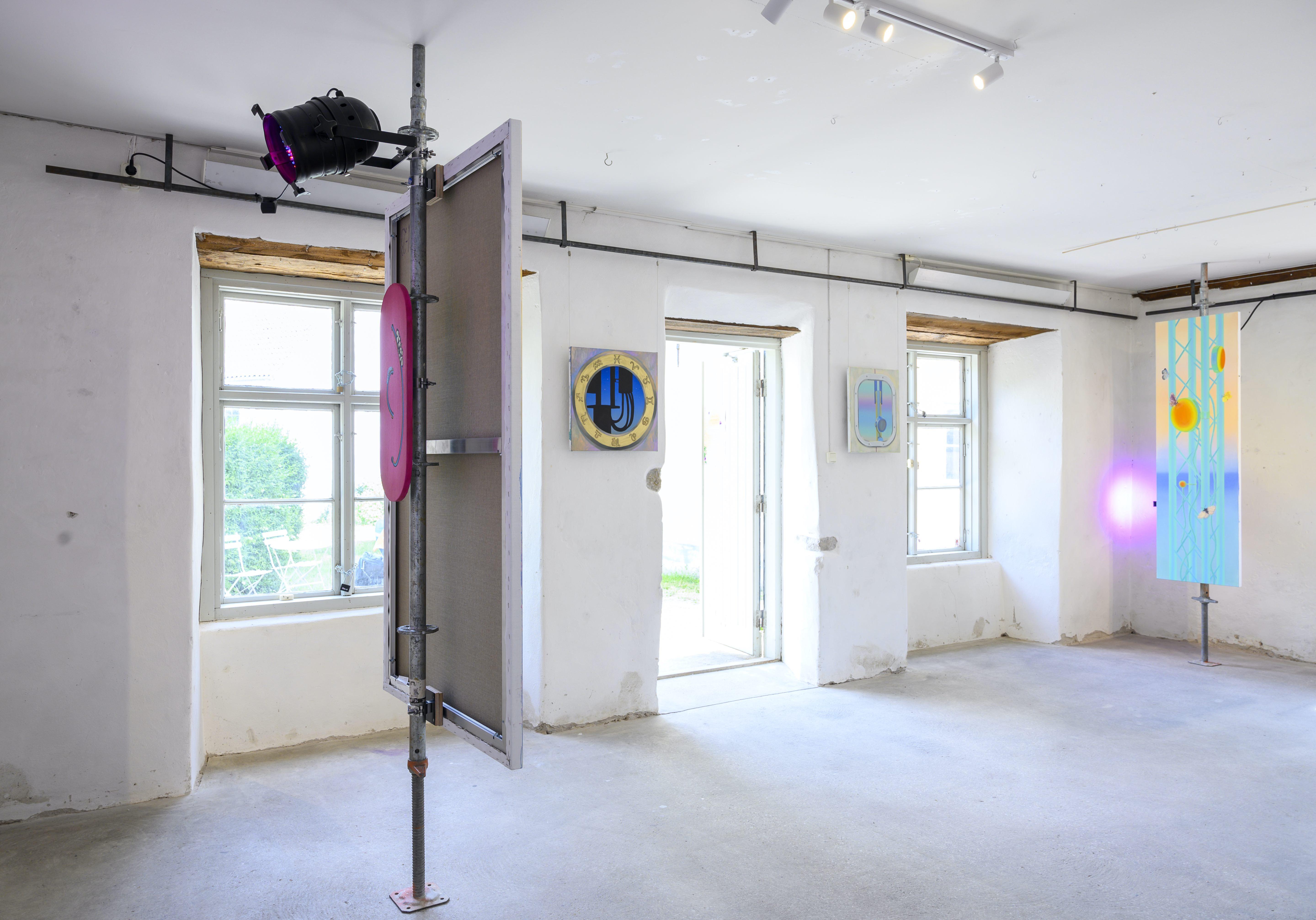
Compatibility, installation view
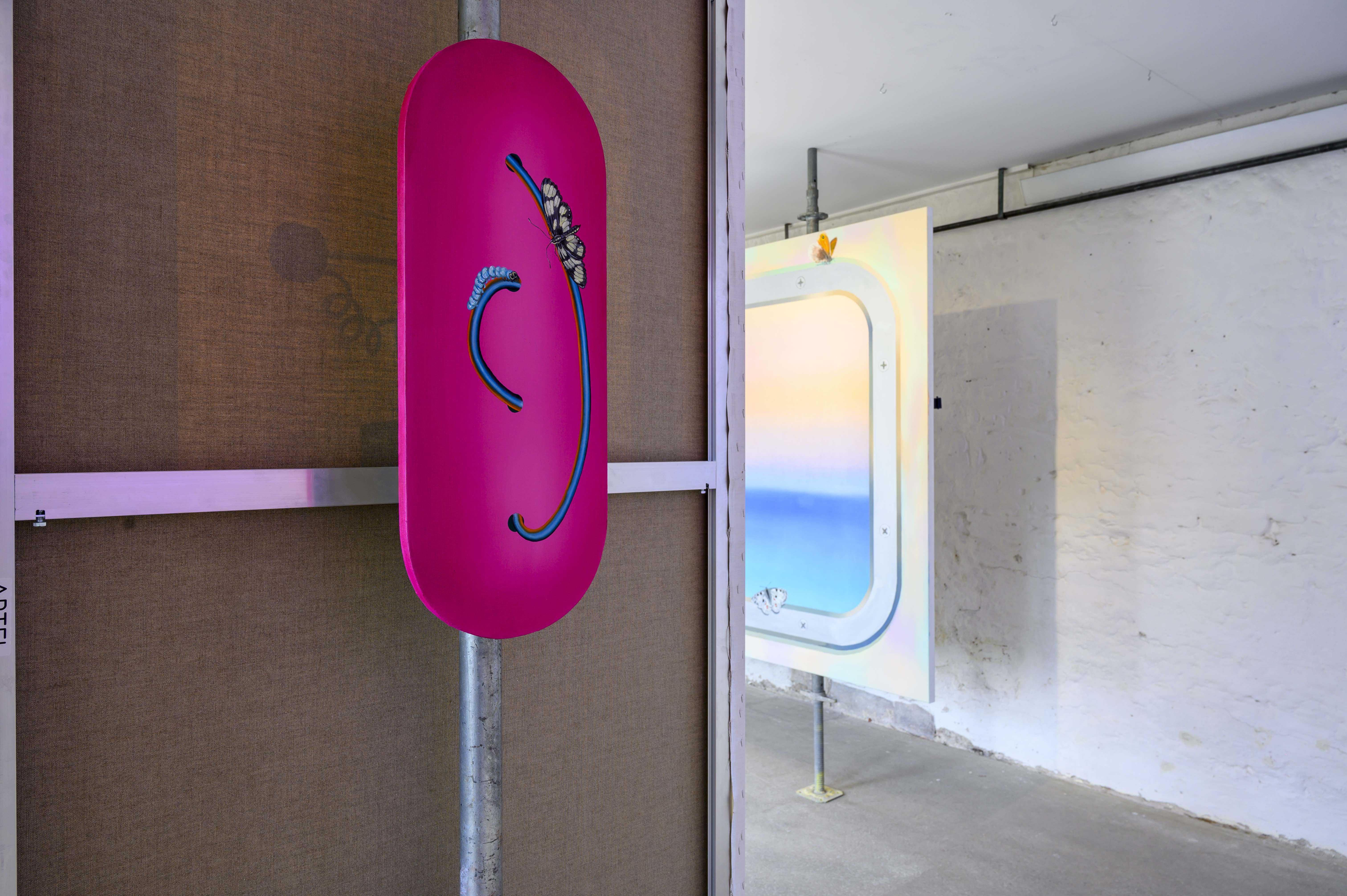
Compatibility, installation view
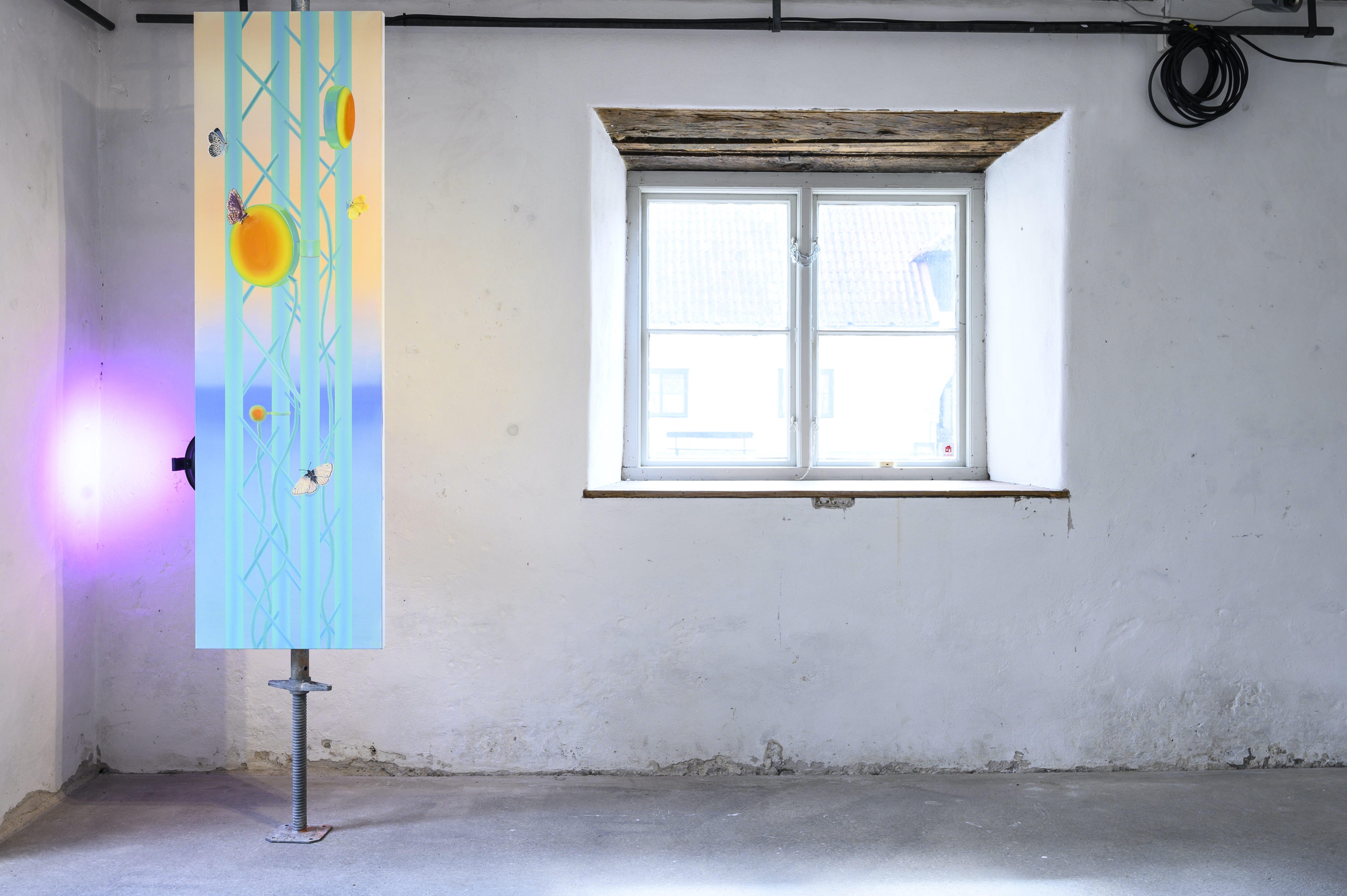
Compatibility, installation view
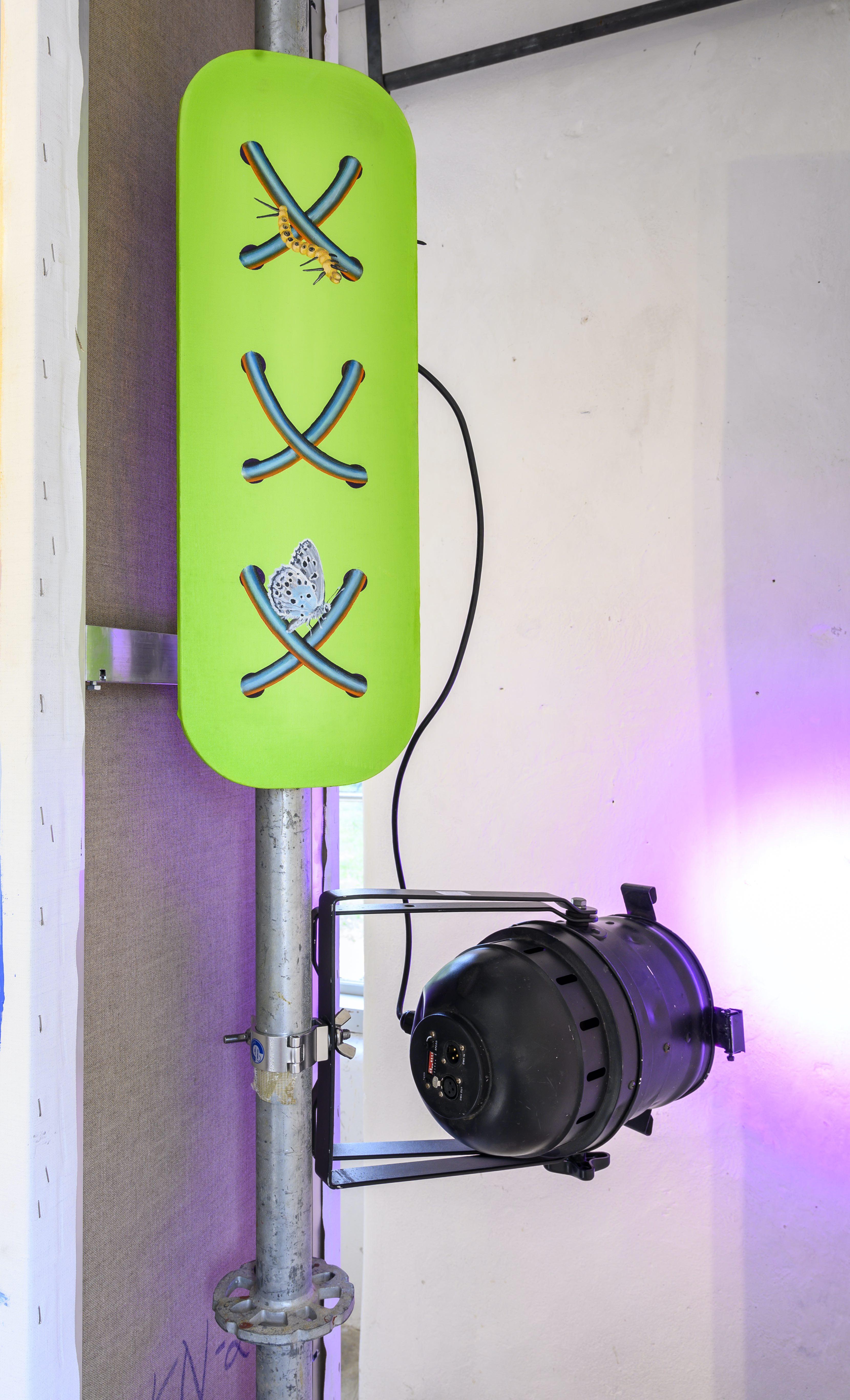
Compatibility, installation view
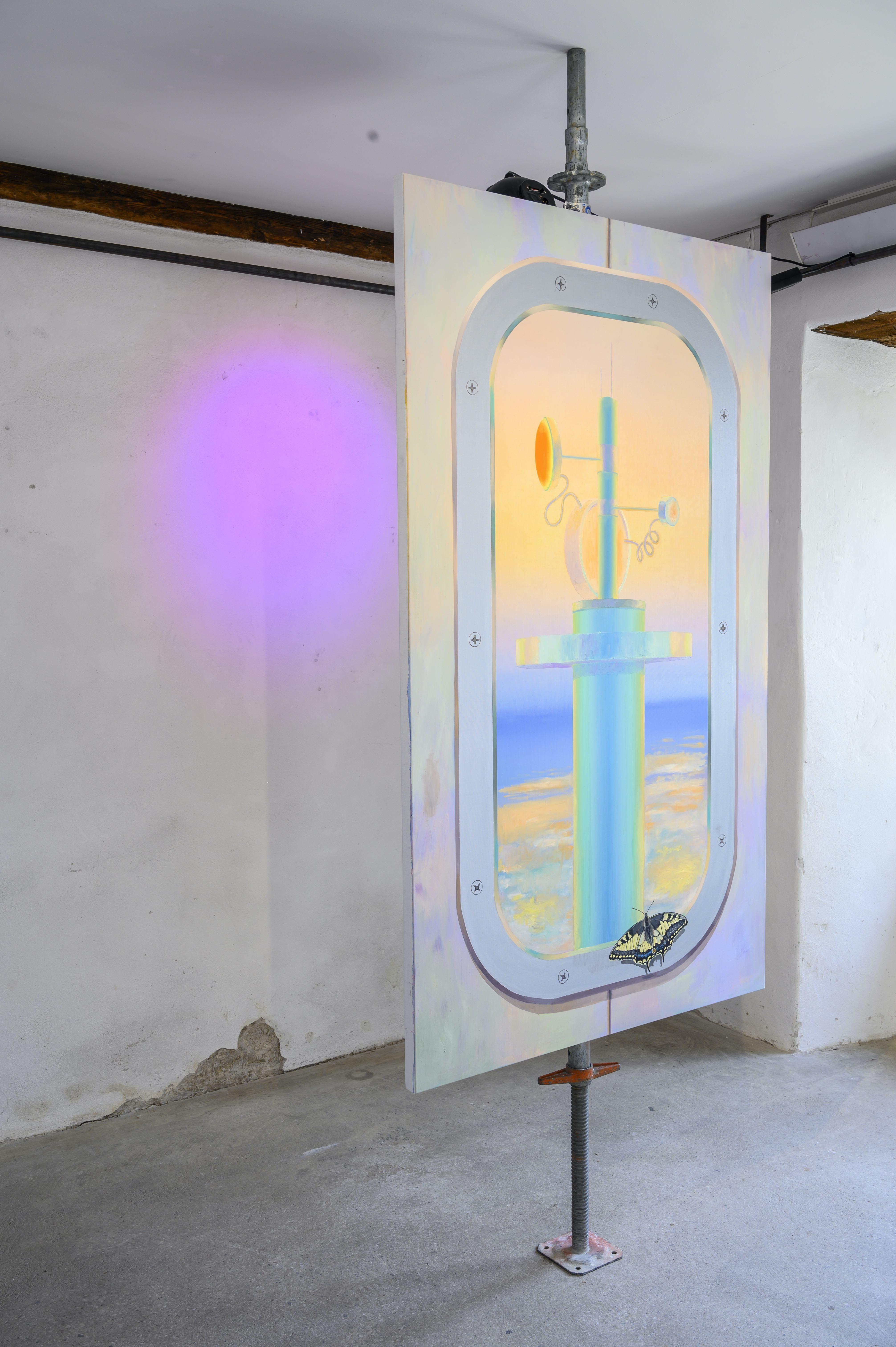
Compatibility, installation view

Internally inconsistent, 2023 Oil on linen 170 x 50 cm
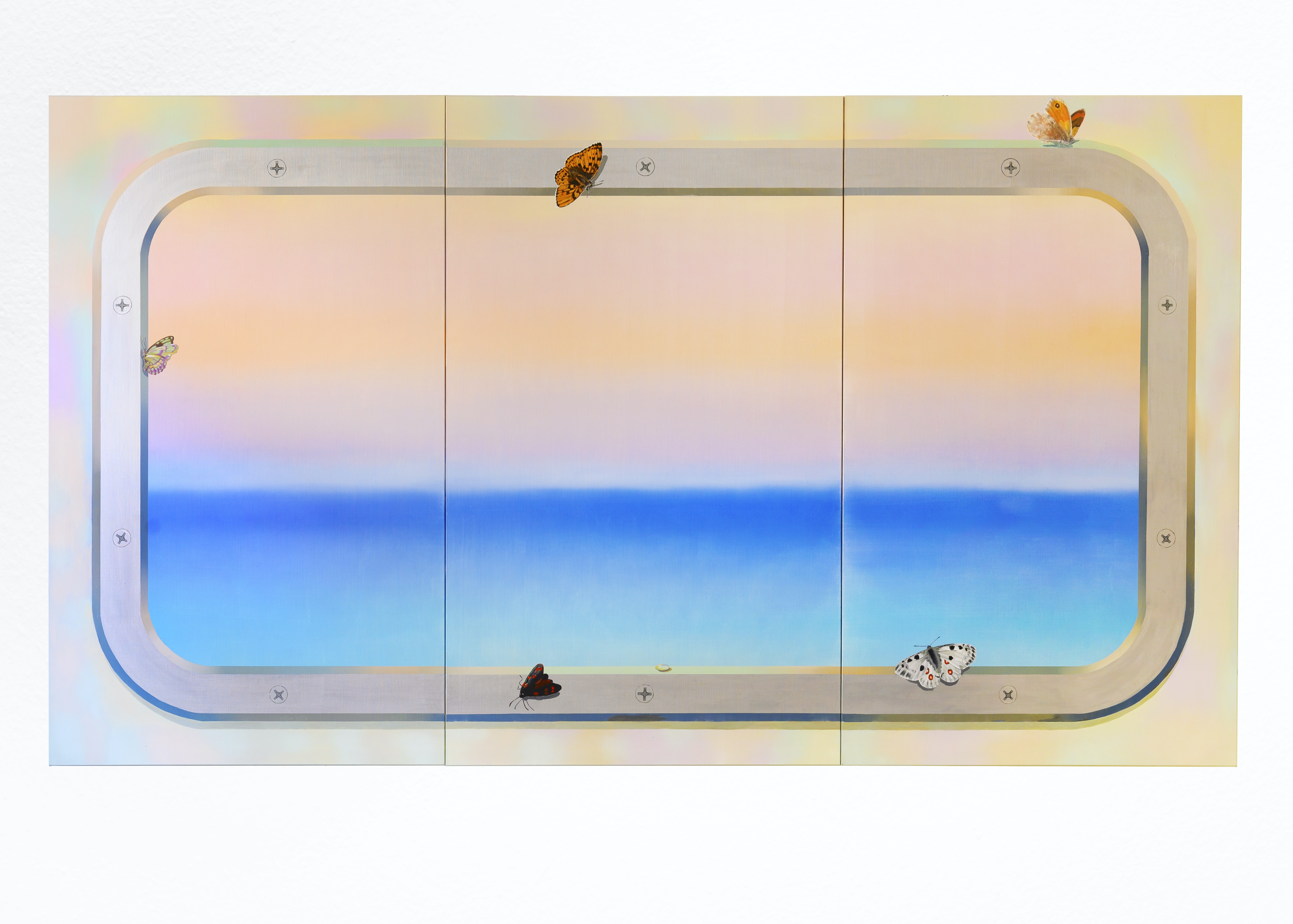
Panorama, 2023 Oil and aluminum on linen 170 x 300 cm
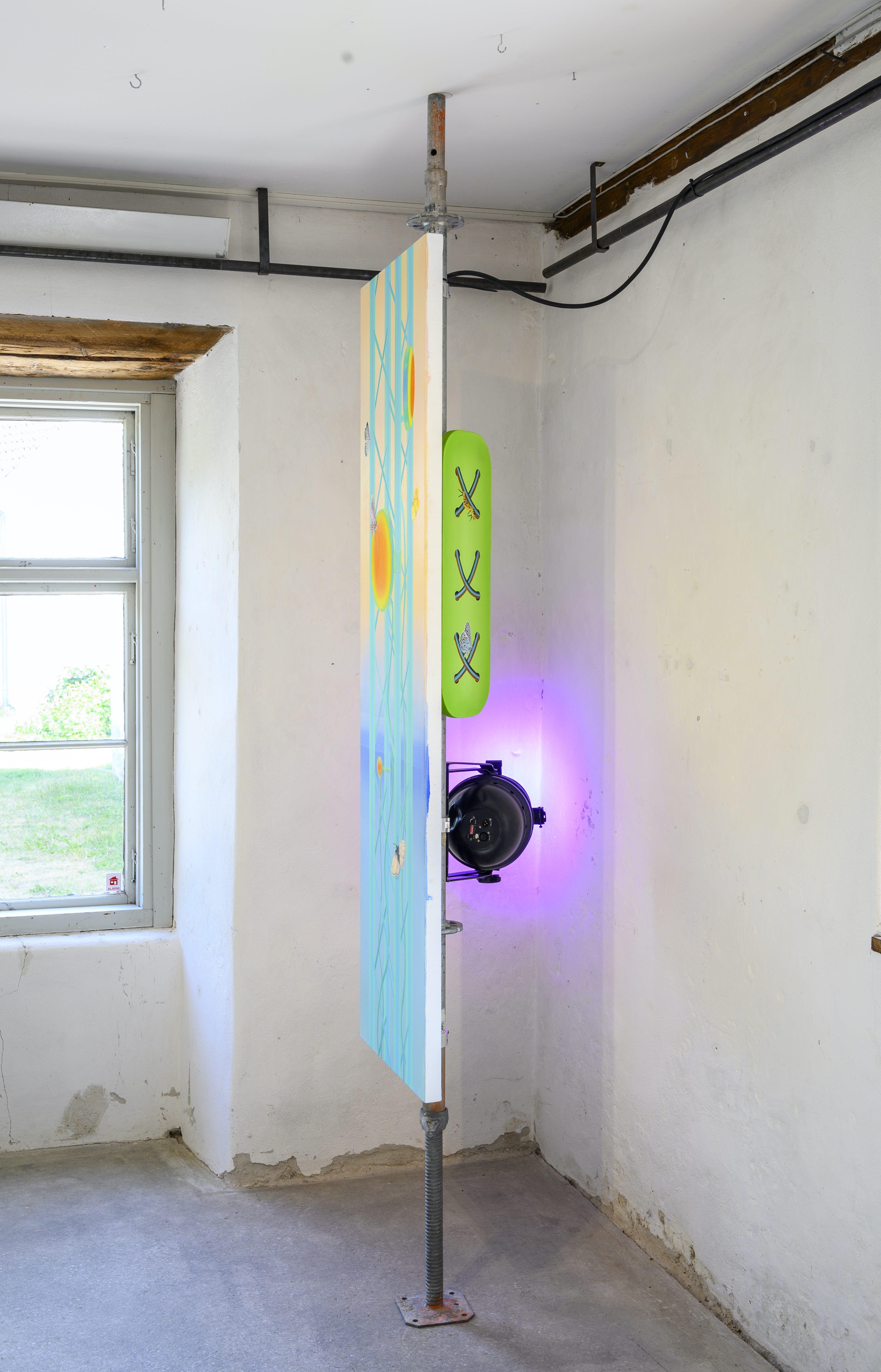
Compatibility, installation view
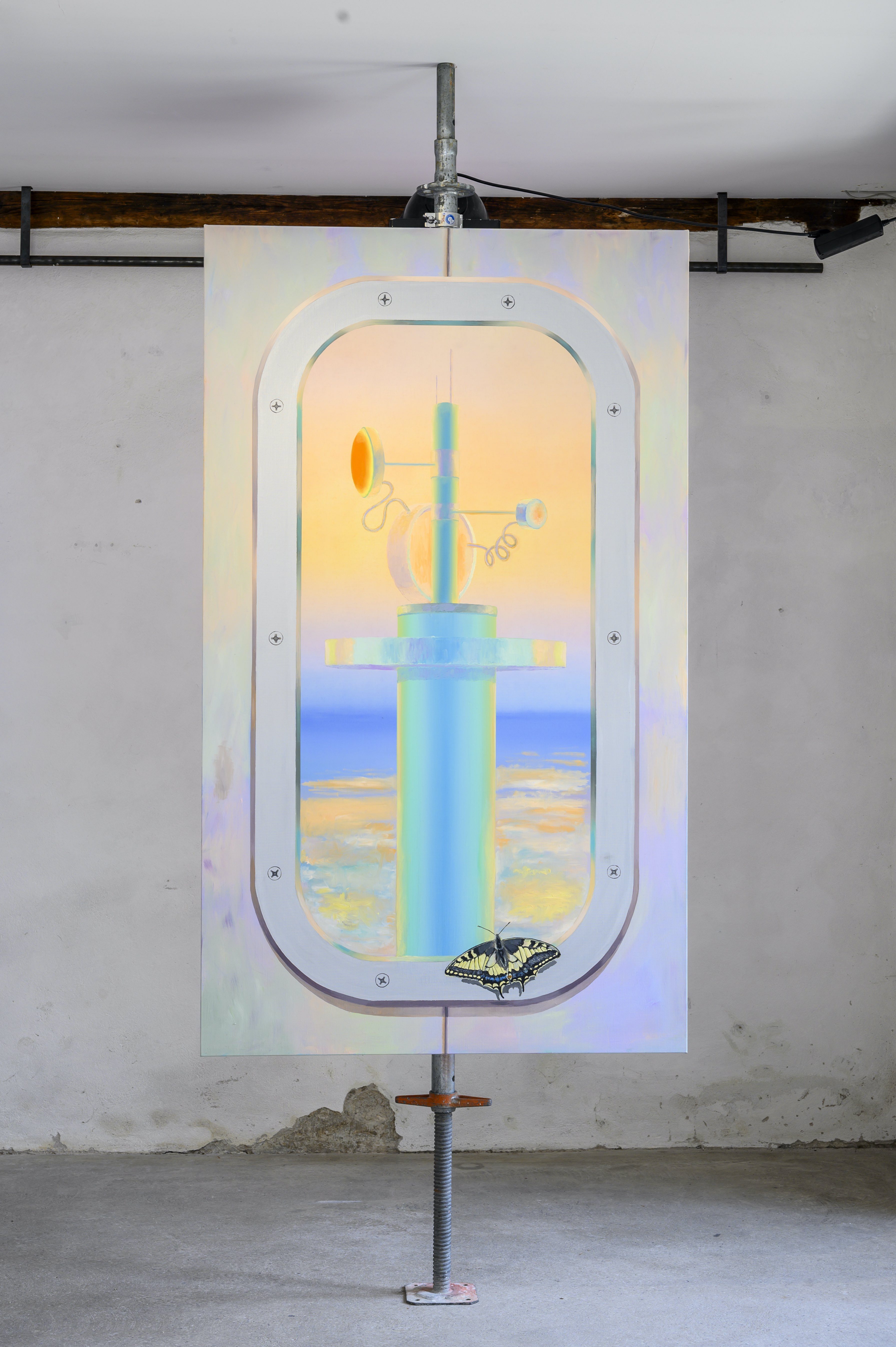
Compatibility, installation view
Sun, wind and water. On the paintings of Astrid Kajsa Nylander
Anyone who has travelled by boat between Gotland and the mainland has looked at the sea through windowpanes with rounded corners. The windows have a characteristic metal frame, attached with visible screws; an image we associate with vessels and movement.
Recently, this soft rectangle has taken on a new meaning, as it is also the shape of a smartphone screen. The familiar outline has become the basis for much of our daily communication, and many artists use their phones as a natural part of their studio practice. The screen is a place where we encounter and create art, in image feeds from colleagues, friends, galleries and art museums.
Astrid Kajsa Nylander has also been drawn to the rounded rectangle. Through this shape she lets us look at a silent, perhaps threatening or, in any case, vague panorama. Secure in the belief that behind the rounded glass we are safe, dry, and warm.
The colours she uses are reminiscent of the Swiss artist Pipilotti Rist (b. 1962), known for her moving images where blood red meets lemon yellow, grass green and deep pink magenta – but also of historical painters at Skagen, who 150 years ago were fascinated by the almost supernatural light that the setting sun created over the beach and sea, at once frightening and enticing.
As a child, Astrid Kajsa Nylander was also enchanted by the luminosity of the colours of the Skagen painters, like those in Michael Ancher’s A Stroll on the Beach from 1896. A more contemporary counterpart is of course found in the bright images of our screens, backlit – and with irresistible appeal.
Nature and its elements – sun, wind, and water – are often recurring themes in her work. Although these forces are the basis for all life on our planet, humans have long continued to exploit them – and are now living with the consequences.
300 years ago, the German-Dutch artist Maria Sibylla Merian (1647–1717) travelled to the South American country of Suriname to study its animals and nature for scientific purposes. She was commissioned by the colonial power, the Netherlands, to map the natural resources of the area. Her images of Surinamese vegetation and insects indicate a highly vibrant biotope, depicted with a style far removed from the cool, registering gaze of science. Did Maria Sibylla Merian consider the consequences of her work? Would Suriname’s rich flora and fauna be able to withstand the predatory colonial policies?
When insects appear in Astrid Kajsa Nylander’s work, they remind us of the devastating effects global capitalism continues to have on our lives and environment. She lets butterflies from art history meet contemporary blue wings, an endangered species which recently almost stopped the expansion of Cementa, Sweden’s largest cement manufacturer, on Gotland. These butterflies, like Maria Sibylla Merian’s beetles and centipedes, become ancient witnesses to the escalating decline of the planet.
The plants that painters have relied on for material for centuries all need sun, wind, and water. The most essential of them have been linen – for weaving canvas – and olive oil, which is mixed with pigment to make oil paint. In the series Minijobs, Astrid Kajsa Nylander refers to the textile qualities of the canvas and its strong connection to tapestries, fabrics and sewing; artistic methods that have always been present in her painting.
Today, we use sunlight, wind, and water to create electricity, which we need in order to remain online. Although many of us conceive of electricity as an invisible force, its significance becomes highly material and tangible when we look at the rectangle of the screen – a paradox that Astrid Kajsa Nylander returns to in her paintings. At the same time, painting is perhaps the artistic medium most favoured by the algorithms, giving it significant online potential.
Astrid Kajsa Nylander’s scenes from a chilly marine landscape may at first glance seem comforting and reassuring – we are looking at it all from a safe place, a place where there is still electricity, light and heating – but soon they appear more ominous, in their emptiness and lack of living creatures.
It’s hard to quell that nagging feeling inside. Our way of life is not compatible with a viable future. Will humanity succeed in emancipating itself from the desires that have flourished in Western modernity? Raise your eyes, look towards the light and the horizon – the answer is somewhere out there.
Linda Fagerström



